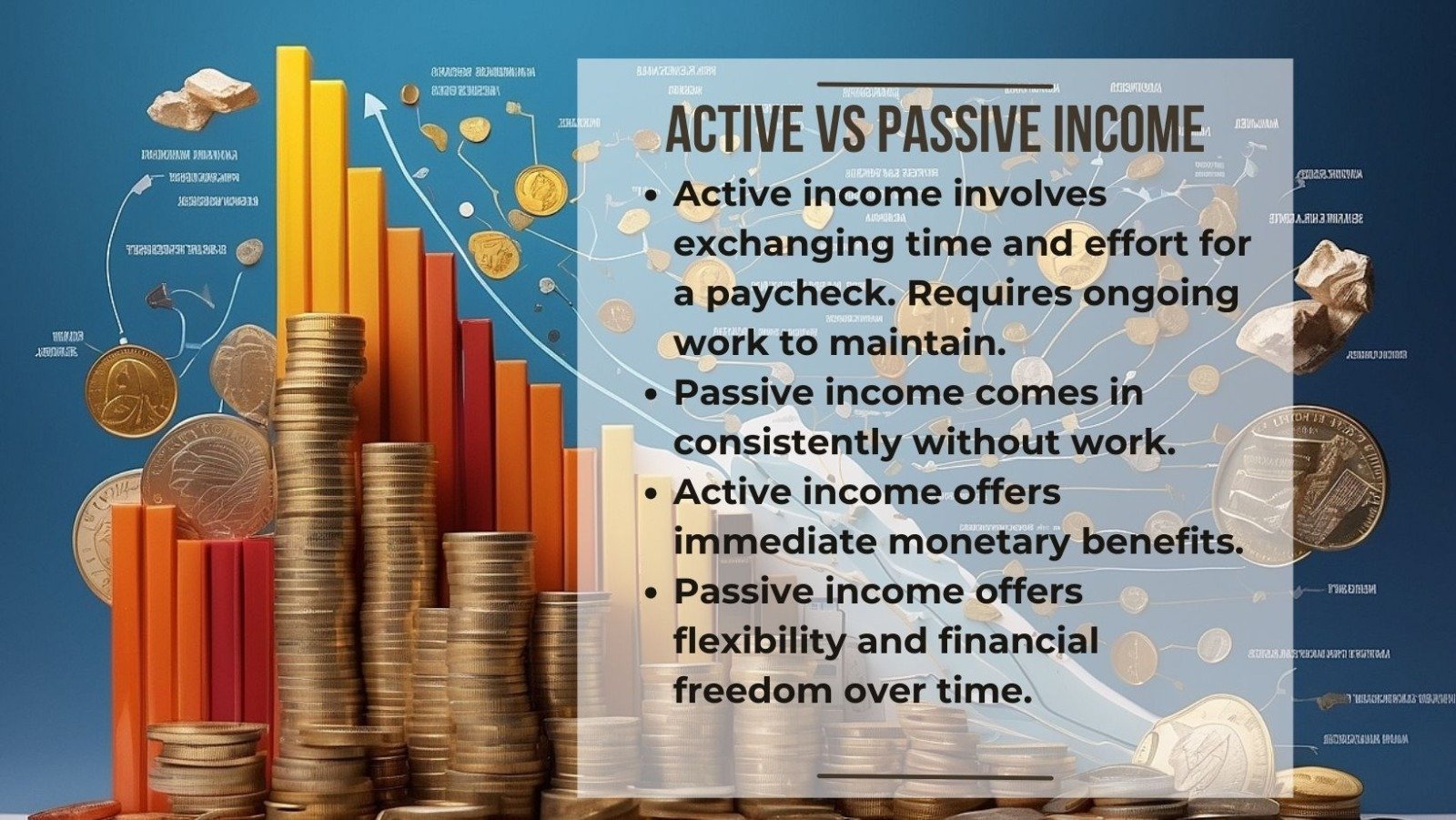Ralph Nelson Elliott’s groundbreaking theory has revolutionized market dominance, and his Elliott Wave application can revolutionize profit games by decoding market dynamics. The Elliott Wave is a revolutionary strategy that sets traders and investors apart in their pursuit of profits. It offers intelligent strategies, precise entries and exits, and a path of least resistance tailored to individual styles, offering a personalized journey into market dynamics. Dive into the profitable strategies of Elliott Wave Trading and revolutionize your approach to market mastery!
In short
Mastering Elliott Wave Strategies for Unparalleled Market Success
Join us as we explore the Elliott Wave’s various applications, revealing its nuances and enabling you to maximize gains from every market move. Discover strategic brilliance, tactical market entries and exits, and find the path of least resistance tailored to your style. This journey will help you redefine your approach and elevate your trading and investing game to unprecedented heights, separating masters from the crowd.
How do you master the Elliott wave trading skills?
Mastering Elliott Wave trading skills requires theoretical knowledge, practical application, and experience, utilizing Ralph Nelson Elliott’s Elliott Wave Theory to identify recurring market patterns.
When the market is in a correction phase, it is crucial to be patient and wait. Following the correction, the motive phase begins, which both traders and investors are looking forward to for its possible price activity. The onset of the motive phase indicates a price reversal. A substantial cross above the lower high in a down trading market can provide early confirmation of a price reversal. In contrast, in an up trending market, take the opposite position. Furthermore, concentrating on the lower-degree motive wave is crucial. Another good technique to confirm the start of the motive phase is to check for price action divergence. Any oscillator on the chart can help confirm divergence and provide insight into future price movements and trends.
Divergence trading strategy
A divergence trading strategy entails identifying potential trend reversal points on a chart by observing discrepancies between price movement and a technical oscillator. Divergence happens when the price trend goes in the opposite direction of the indicator trend, which is commonly observed during reversal points. Traders frequently use this divergence as a hint for prospective trend changes, allowing them to make informed market entry or exit decisions.
Advanced divergence trading
- Identify instances where the price trend diverges from a technical oscillator, indicating a potential divergence.
- Divergence is a common occurrence at reversal points on a chart, indicating a change in the current trend.
- Bullish divergence occurs when the price forms lower lows, while the oscillator forms higher highs, indicating a possible upward reversal in an uptrend.

UNIONBANK DAILY CHART - Bearish divergence occurs when the price forms higher highs while the oscillator forms lower lows, indicating a potential downward reversal in a downtrend.
- Divergence serves as a warning signal, so it’s crucial to wait for additional confirmation signs before making trade decisions.
- Divergence, a common feature on oscillators like RSI, MACD, etc. is a crucial tool for predicting trend changes and strategizing trades.
Price-oscillator divergence is a phenomenon that occurs before a market motive phase, indicating a misalignment between price movement and technical indicators like RSI, MACD, Awesome oscillator, etc. Traders are keenly aware of this divergence, as it can signal a potential shift in market sentiment. Recognizing this divergence prompts traders to exercise caution, reassess their positions, and prepare for potential changes in the upcoming motive phase.
How do I get into a new trade?
Rule 1: Traditional entry strategy
In Elliott Wave trading, a common way to start a new trade is when the price crosses Wave 1. This is a standard entry point. It does, however, have a disadvantage: a long stop-loss. The stop-loss order is placed at the start of Wave 1. While this kind of entry provides a clear signal, it is vital to note that the trade may have a greater stop-loss distance. Traders should evaluate this trade-off while considering whether to adopt this classic entry strategy in Elliott Wave trading.

Rule 2: Aggressive entry strategy
When Wave 1 is completed at a lower degree, the price retraces between 50% and 61%.” This retracement provides an attractive entry point at a reasonable price. In this case, the stop-loss is set at the same level as the beginning of Wave 1. Because of the earlier entry, the risk is considered low, making it a suitable option for traders seeking nominal risk exposure.

Rule 2: Defensive entry strategy
Elliott Wave Trading is a strategy where a strategic entry point occurs when Wave 1 ends at a lower degree. A brief correction phase, often a 3-wave ABC correction, occurs, and the price rallies in line with the main trend. Savvy traders wait patiently for the price to cross Wave B, providing confirmation and assurance before committing to the trade. The stop-loss strategy remains consistent (starting point of wave 1), offering stability and risk management. This approach combines the precision of timing Wave 1 with the confirmation signal from crossing Wave B, ensuring a calculated and strategic market entry.

Profit Hacking Guide
Once Wave 1 is accurately identified, Wave 3 frequently results in a quick price rally that leads to an increase in trading volume, confirming the possibility for substantial profits. After entering a trade, it is vital to keep a cool approach and avoid falling victim to rumors. Furthermore, implementing a stop-loss trailing method might help minimize losses and safeguard profits. Let’s go deeper into the guiding ideas we use for profit hacking in our study of successful Elliott Wave trading techniques.

Rule 1: Patience for 161 Percent
The principle suggests that understanding the expected 161% return and at least a 161% increase in Wave 1 can help book profits at the 161% level without confusion.

Rule 2: Stop loss trail
When trading in an uptrend, it’s crucial to trail the stop-loss at consecutively higher low points to secure gains. In a downtrend, it’s better to trail it at lower high points. This methodical approach helps contain potential losses and automatically book profits. This approach offers a nuanced and effective strategy for risk management and profit optimization, adjusting the stop-loss accordingly to the trend’s highs and lows.

Rule 3: Wave counting
In the world of Elliott Wave Trading, a meticulous approach to position-taking entails segmenting the price trajectory into five distinct subdivisions when conducting sub-wave analysis. Prices unfold in five waves, according to the norms of motive waves. Notably, Wave 3 has strong momentum, moving the market forward. Following this, Wave 4 appears as a complex corrective, adding complexity to the entire pattern. Even after Wave 4, there is a possibility for profit booking when the price trend crosses through Wave 3. This strategic analysis and comprehension of market dynamics inside the Elliott Wave framework serve as a cornerstone for winning trading methods, giving traders significant insights into probable entry and exit positions.

Understanding Risk-Reward Ratio
The Risk-Reward Ratio is a crucial factor in trading decisions, balancing potential gains and losses. If the ratio is unfavorable, traders should exercise caution and avoid the trade. Trading wisdom often emphasizes discussing risk before reward, prioritizing risk management and a disciplined risk-taking mindset. In the dynamic trading world, understanding and applying a judicious risk-reward ratio is essential for making informed and sustainable trading decisions.
Final thoughts
Mastering Elliott Wave analysis in trading can lead to profitable strategies, impacting financial journeys. This Profit Hacking Guide provides insights on entry points and corrections, offering valuable insights for both experienced traders and those new to Elliott Waves. The profitable strategies of Elliott Wave Trading are not rigid rules but flexible tools tailored to individual trading styles. Understanding wave counts, recognizing divergence, and strategically entering trades during Motive Phases are essential for success. However, it’s crucial to acknowledge the potential for incorrect counts and market uncertainties. Flexibility, risk management, and continuous learning are essential companions on this trading journey. Armed with these insights, embark on your trading journey, and may your waves be counted for profitable endeavors.
FAQ
Can the Elliott Wave Principle be applied to all financial markets?
The Elliott Wave Principle, originally developed for stock market analysis, has since been applied to various financial instruments like currencies, commodities, and indices. It aims to capture investor psychology as a universal concept that transcends specific markets. Traders and analysts use the principle to identify trends, understand market structure, and make informed predictions about future price movements. However, no single methodology guarantees success in all market conditions. Traders often combine Elliott Wave analysis with other technical indicators and fundamental analysis for more comprehensive trading decisions.
Is Elliott Wave hard to learn?
Learning the Elliott Wave Principle is challenging due to its complexities, subjectivity, and practical application. It involves wave counts, patterns, and Fibonacci relationships, which require keen observation and practice. Identifying wave patterns can be subjective, and different analysts may interpret the same chart differently. Proficiency in Elliott Wave analysis often comes from hands-on experience studying historical charts and real-time data. Successful application often involves combining it with other technical and fundamental analyses, adding complexity to a broader trading strategy. Market dynamics also influence the effectiveness of Elliott Wave analysis. Despite these challenges, learning the principle is not inherently difficult and can be beneficial for traders.
What is the secret of the Elliott Wave?
Ralph Nelson Elliott’s Elliott Wave theory proposes that market prices fluctuate in predictable patterns that represent collective sentiment. Key principles include impulsive waves representing main trends and corrective waves representing counter-trends. These patterns are further subdivided into smaller patterns, creating a hierarchical structure. The secret lies in identifying these patterns, understanding Fibonacci relationships, and using this knowledge to forecast future price movements. However, the theory is subjective and requires a blend of art and science, with experienced practitioners relying on deep market dynamics and continuous learning.
Chart Source: tradingview.com
Disclaimer
This article is provided for informational purposes only and does not offer financial advice. Trading and investing involve risk, and past performance is not a guarantee of future outcomes. Before making investment decisions, readers should conduct their own research and consider their individual circumstances. The author and platform are not responsible for any financial losses or damages resulting from the use of this information. Get personalized advice from a trained financial counselor.



